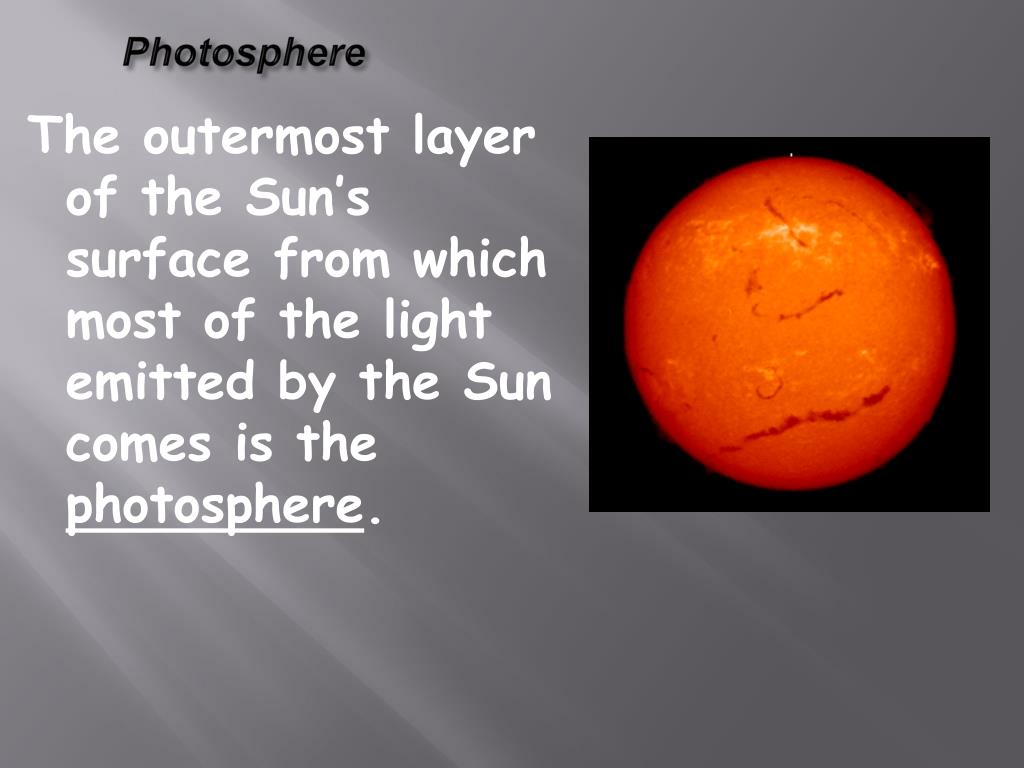

Solar Flare: The bright white area seen on the right side of the Sun in this image from the Solar Dynamics Observer spacecraft is a solar flare that was observed on June 25, 2015. Some eruptive prominences have reached heights of more than 1 million kilometers above the photosphere Earth would be completely lost inside one of those awesome displays (Figure 2).įigure 3. The relatively rare eruptive prominences appear to send matter upward into the corona at high speeds, and the most active surge prominences may move as fast as 1300 kilometers per second (almost 3 million miles per hour). Some, the quiescent prominences, are graceful loops of plasma (ionized gas) that can remain nearly stable for many hours or even days. Eclipse observers often see prominences as red features rising above the eclipsed Sun and reaching high into the corona. Moving higher into the Sun’s atmosphere, we come to the spectacular phenomena called prominences (Figure 2) which usually originate near sunspots. It just happens that the spectral lines of hydrogen and calcium produced by these clouds are bright and easy to observe. The plages actually contain all of the elements in the Sun, not just hydrogen and calcium. These are regions within the chromosphere that have higher temperature and density than their surroundings. Pictures taken through these special filters show bright “clouds” in the chromosphere around sunspots these bright regions are known as plages (Figure 1). Astronomers routinely photograph the Sun through filters that transmit light only at the wavelengths that correspond to these emission lines. (credit: modification of work by NASA)Īs we saw, emission lines of hydrogen and calcium are produced in the hot gases of the chromosphere. The bright cloud-like regions are the plages. Plages on the Sun: This image of the Sun was taken with a filter that transmits only the light of the spectral line produced by singly ionized calcium. The database covers a variety of targets including active regions, sunspots, plages, the quiet Sun, and coronal holes.Figure 1. We present a database of co-aligned IRIS and SST datasets that is open for analysis to the scientific community. The SST observations include spectropolarimetric imaging in photospheric Fe I lines and spectrally resolved imaging in the chromospheric Ca II 8542 Å, H α, and Ca II K lines. The SST provides complementary high-resolution observations of the photosphere and chromosphere. Since the launch of IRIS in June 2013, we have conducted systematic observation campaigns in coordination with the Swedish 1 m Solar Telescope (SST) on La Palma. NASA’s Interface Region Imaging Spectrograph (IRIS) provides high-resolution observations of the solar atmosphere through ultraviolet spectroscopy and imaging. NASA Goddard Space Flight Center, Greenbelt, MD 20771, USAĭepartment of Mathematics, Physics and Electrical Engineering, Northumbria University, Newcastle upon Tyne NE1 8ST, UK Stanford University, HEPL, 466 Via Ortega, Stanford, CA 94305-4085, USAĬatholic University of America, Washington, DC 20064, USA Leibniz-Institut für Sonnenphysik (KIS), Schöneckstrasse 6, D-79104 Freiburg, Germany University of Applied Sciences and Arts Northwestern Switzerland, BahnhofstraWindisch, Switzerland LPC2E, CNRS and University of Orléans, 3A avenue de la Recherche Scientifique, Orléans, Franceīay Area Environmental Research Institute, NASA Research Park, Moffett Field, CA 94035, USA

University Corporation for Atmospheric Research, Boulder, CO 80307-3000, USA of Astronomy, Stockholm University, AlbaNova University Centre, 10691 Stockholm, Sweden Lockheed Martin Solar & Astrophysics Laboratory, 3251 Hanover St., Palo Alto, CA 94304, USA Institute of Theoretical Astrophysics, University of Oslo, PO Box 1029, Blindern, 0315 Oslo, NorwayĮ-mail: Centre for Solar Physics, University of Oslo, PO Box 1029, Blindern, 0315 Oslo, Norway Astronomical objects: linking to databases.Including author names using non-Roman alphabets.Suggested resources for more tips on language editing in the sciences Punctuation and style concerns regarding equations, figures, tables, and footnotes


 0 kommentar(er)
0 kommentar(er)
